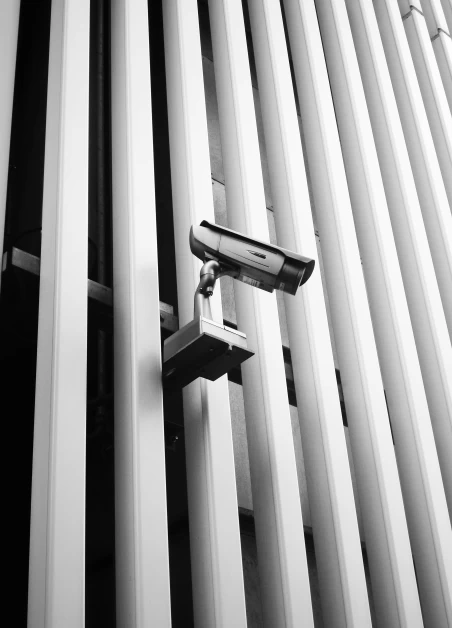Table of Contents
Introduction
Blockchain technology is experiencing rapid growth and is projected to become a USD 67.4 billion industry by 2026, with a compounded annual growth rate (CAGR) of 68.4%. As companies worldwide focus on building enterprise-grade blockchain solutions, the number of blockchain-based applications is increasing. However, with this growth comes concerns about data privacy and security. As the world transitions from Web2 to Web3, the security and privacy of data for individuals, companies, and businesses are of utmost importance.
Balancing Security and Privacy in Blockchain
To protect blockchain applications, various security measures must be taken to prevent unauthorized access, theft, and malicious activities. Techniques such as cryptographic algorithms, security protocols, and consensus mechanisms are applied to maintain the integrity of the network and prevent data tampering. Additionally, vulnerability management, security audits, and penetration testing are utilized to enhance security. In a decentralized environment, data protection is equally vital, and concerns arise regarding the privacy of personal information on the blockchain network. Blockchain technology promotes data security and privacy by partnering with other deep techs to maintain a balance between security and privacy.
Decentralization for Control and Independence
Decentralization provides more control over data, reduces data sharing, and restores independence. These factors maximize the potential of blockchain while protecting privacy and security. By distributing data across multiple nodes, blockchain ensures that no single entity has complete control over the data. This decentralized nature makes it difficult for unauthorized individuals to access and tamper with the data.
Encryption for Data Protection
The decentralized and transparent nature of blockchain can challenge the protection of sensitive information. Data encryption in blockchain involves transforming the original data into an encrypted form using cryptographic algorithms. The encrypted data is then stored on the blockchain network and can only be decrypted by someone with access to the encryption key. There are several encryption algorithms that can be used for data encryption in blockchain, including symmetric encryption, asymmetric encryption, and hash functions. The choice of encryption algorithm depends on the level of security required and the available computational resources. It is crucial to follow best practices for key management and regularly update encryption algorithms to ensure the security of encrypted data stored on the blockchain.
Tokenization for Data Security
Tokenization is another method to enhance data security on the blockchain. By tokenizing sensitive data, organizations can reduce the risk of data breaches and theft while still using the data for various transactions and operations. Tokenization involves replacing sensitive data, such as personal identification numbers or credit card information, with a unique digital representation called a token. The original data is replaced with a unique identifier, and the token can be used instead of the original data for transactions and operations on the blockchain. Tokenization offers benefits such as data privacy, improved security, and compliance with data protection regulations.
AI and ML Technologies for Enhanced Security and Privacy
Artificial intelligence (AI) and machine learning (ML) technologies can be integrated with blockchain to improve the security and privacy of stored and processed data. These technologies can be utilized in various ways, including anomaly detection, fraud detection, privacy preservation, key management, and data encryption. AI and ML algorithms can identify unusual behavior in blockchain transactions, detect patterns of fraudulent behavior, anonymize data, improve key management, and enhance data encryption. However, it is important to thoroughly evaluate the security of AI and ML algorithms themselves before deployment.
Multi-Factor Authentication for Access Control
Multi-factor authentication adds an extra layer of security to ensure that only authorized individuals have access to the data stored on a blockchain network. Different methods of multi-factor authentication can be implemented based on the requirements of the blockchain application and the desired level of security. These methods include a combination of password and biometric authentication, password and device authentication, and password and one-time codes. Multi-factor authentication helps reduce the risk of data breaches and unauthorized access.
Identity and Access Management for Data Security
Implementing identity and access management (IAM) for blockchain applications is essential for ensuring data security and privacy. IAM verifies the identities of individuals or groups of network users interacting on a blockchain network. This can be achieved through digital signatures, public key infrastructure, or other verification methods. Access management defines who has access to the data stored on the blockchain network and what actions they can perform. This can be done through the use of permissions, roles, and access control lists. Constant auditing and on-chain monitoring can help track application performance, identify security threats, monitor compliance requirements, optimize gas usage, and protect data on the blockchain network.
Conclusion
Data privacy and security are crucial aspects of blockchain technology. Implementing best practices for data protection and privacy should be a top priority for organizations planning to adopt blockchain technology. The security and privacy of data on a blockchain network depend on the underlying infrastructure and the implementation of security measures. With the decentralized nature of blockchain, data is stored and processed across multiple nodes, making it immutable and secure. As sensitive personal identification information is stored on the blockchain, privacy becomes critical. Compliance with regulations, such as GDPR, is also essential. Data privacy and security are critical considerations in a blockchain environment, and BlockChainSentry specializes in providing solutions for the cybersecurity of blockchain applications and designing secure decentralized applications.

